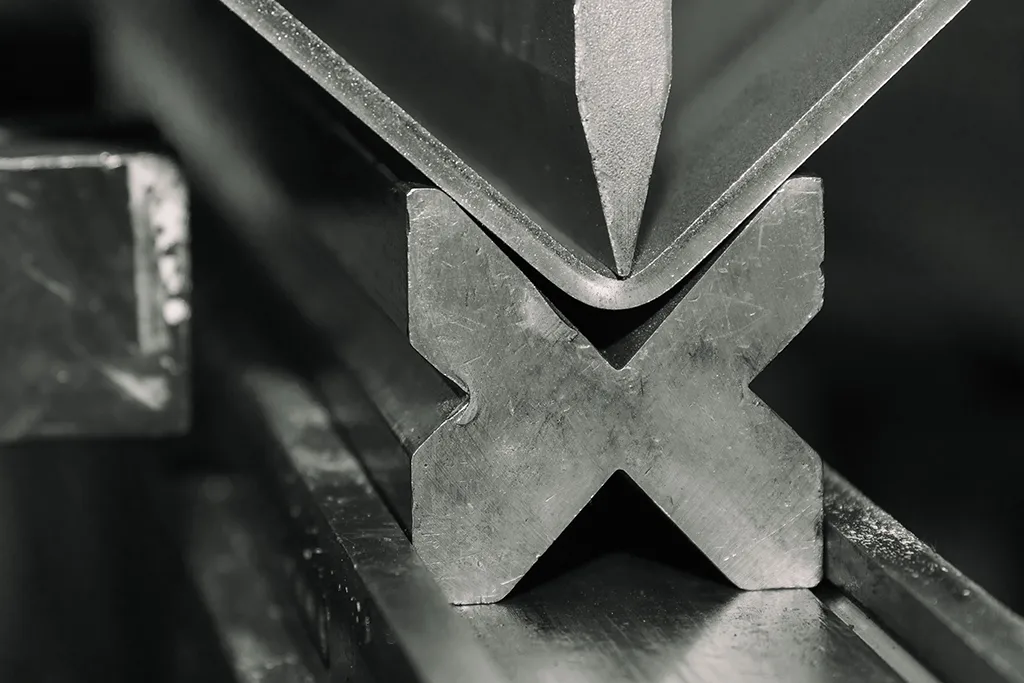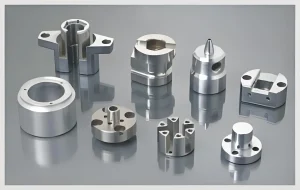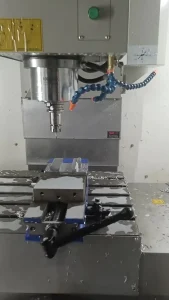Sheet metal processing plays a crucial role in creating parts and products for various industries. To turn flat metal sheets into functional components, manufacturers rely on several core operations. In this article, we’ll explore the four key sheet metal operations that form the backbone of the fabrication process.

1. Shearing: Cutting the Metal
Shearing is one of the most common sheet metal operations. It involves cutting large sheets of metal into smaller, more manageable pieces. This process uses a machine with two blades, one stationary and one moving, to slice through the metal with precision. Shearing can produce straight cuts, making it ideal for preparing metal sheets for further processing.
Shearing is fast and efficient. It’s used in various industries, from automotive to construction, to ensure that the metal is ready for subsequent operations like bending and forming.
2. Bending: Shaping the Metal
The second key operation is bending. Bending involves applying force to the metal sheet to change its shape without breaking it. This is usually done with a press brake, which bends the metal at specific angles. Bending is essential for creating parts with sides or corners, such as brackets, enclosures, and panels.
Bending must be precise to ensure the final product fits together properly. If the angles are off, the part may not function as intended. That’s why manufacturers often use computer-controlled equipment to guarantee accuracy during bending.
3. Punching: Creating Holes and Shapes
Punching is another critical sheet metal operation. It involves using a punch press to create holes, slots, or specific shapes in the metal sheet. A punch is forced through the metal into a die, cutting out the desired shape. Punching is especially useful for products that require ventilation holes, fastener points, or other design elements.
This operation can be highly automated, allowing for rapid production of parts with uniform holes and shapes. Punching ensures that each part is identical and meets exact specifications, which is crucial for large-scale manufacturing.
4. Stamping: Adding Design Features
Stamping is the final key operation in sheet metal processing. It’s used to add specific design features to the metal, such as indentations, raised areas, or textures. Stamping involves pressing the sheet metal into a die that shapes the metal surface. This process is often used in automotive, appliance, and electronics manufacturing to create complex parts.
Stamping allows manufacturers to produce parts with intricate details, making it a versatile operation. Whether it’s for logos, functional elements, or aesthetic designs, stamping provides flexibility in creating detailed metal components.
Conclusion
The four essential sheet metal operations—shearing, bending, punching, and stamping—are fundamental to producing functional and precise metal parts. Each operation plays a specific role in transforming flat metal sheets into fully formed products. Shearing prepares the metal, bending gives it shape, punching adds necessary holes, and stamping creates intricate details. By mastering these operations, manufacturers can produce high-quality components for a wide range of industries, from automotive to electronics.
Understanding these operations helps you appreciate the complexity and precision involved in sheet metal processing. Whether you’re in the industry or simply curious about the process, these four operations are the backbone of modern manufacturing techniques.






